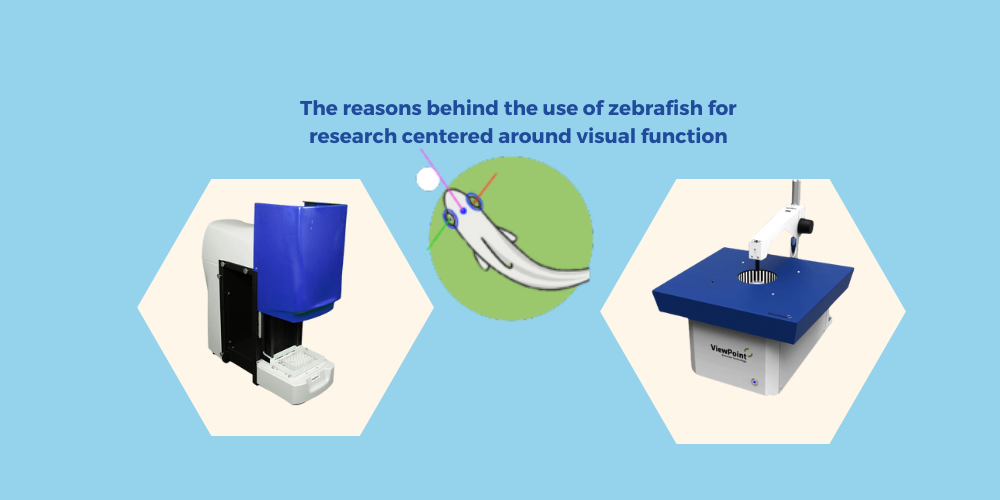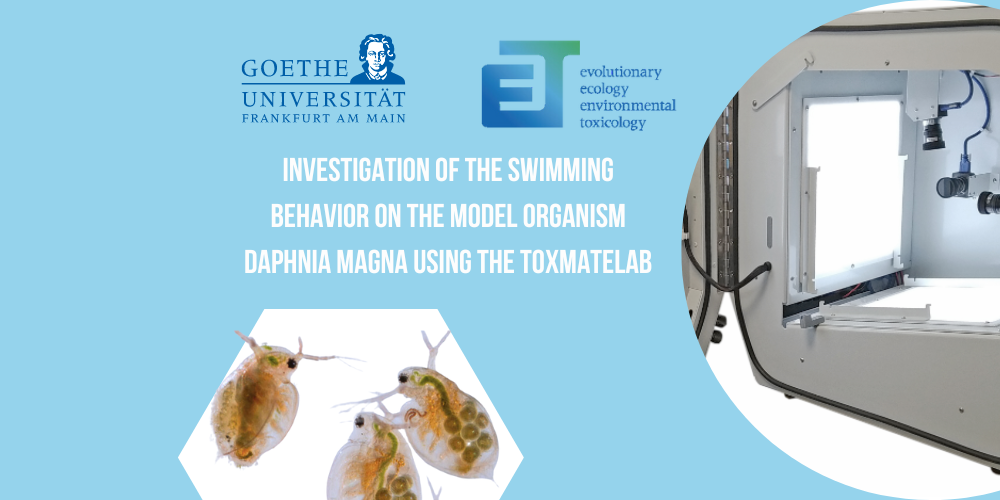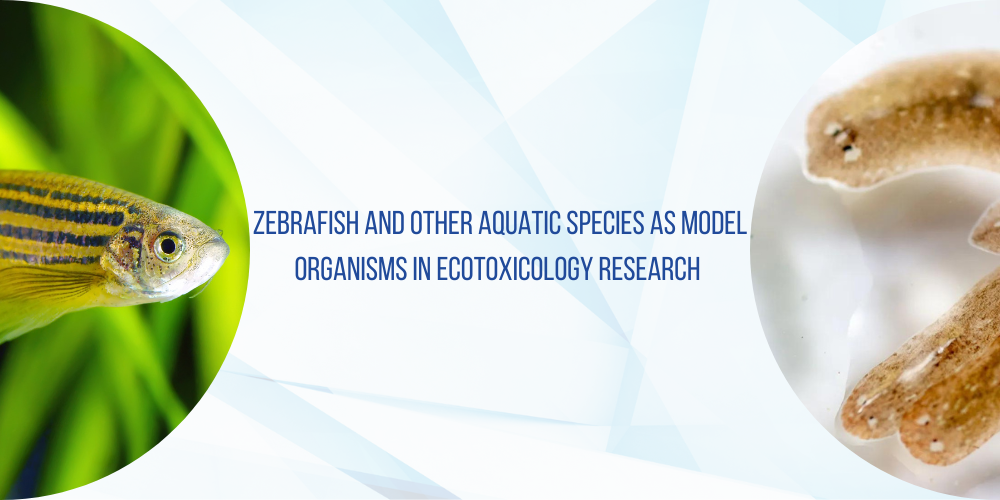Have a look at what's new!

Events
Paris 2025 - 7th European Zebrafish Principal Investigators Meeting
The European Zebrafish PI Meeting will be held at the Paris Brain Institute (ICM), April 2-5, 2025

Expertise
Enriched housing for rodents : Benefits and Innovations
🔬 Exciting Research with Marlau Cage for Mice! 🔬
We are thrilled to share some groundbreaking research that utilizes the Marlau Cage for mice!
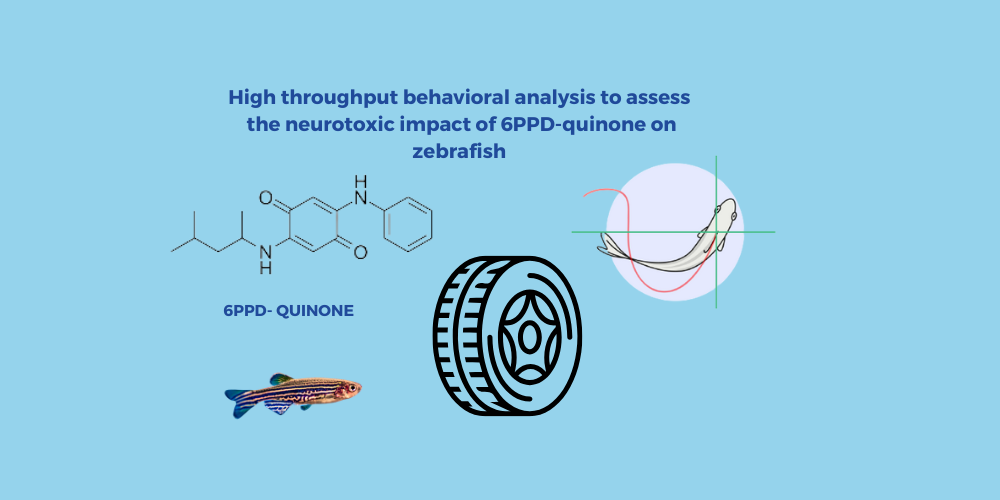
Expertise
High throughput behavioral analysis to assess the neurotoxic impact of 6PPD-quinone on zebrafish
6PPD-quinone is a significant environmental and health concern due to its neurotoxic properties and widespread occurrence as a tire degradation byprod...

Expertise
Ecotoxicology : using behavior analysis systems to assess the impact of hazardous substances on living organisms
Animal behavior analysis in ecotoxicology is a critical approach used to assess the impacts of contaminants on our environment.

Expertise
Wolfram Syndrome, a rare neurodegenerative disease associating diabetes, deafness and optic atrophy
Dr Benjamin Delprat is a Research Director at the French National Institute of Health, Inserm Montpellier France
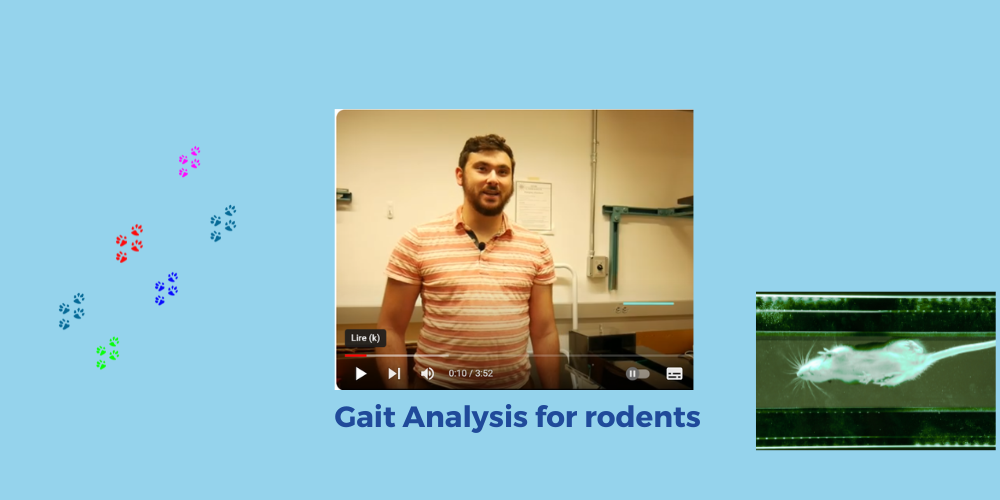
Expertise
Customer testimony : Jacob Schimelman, researcher at UCSD
Dr Schimelman from UCSD explains his work on bio-materials and his use of gait-analysis
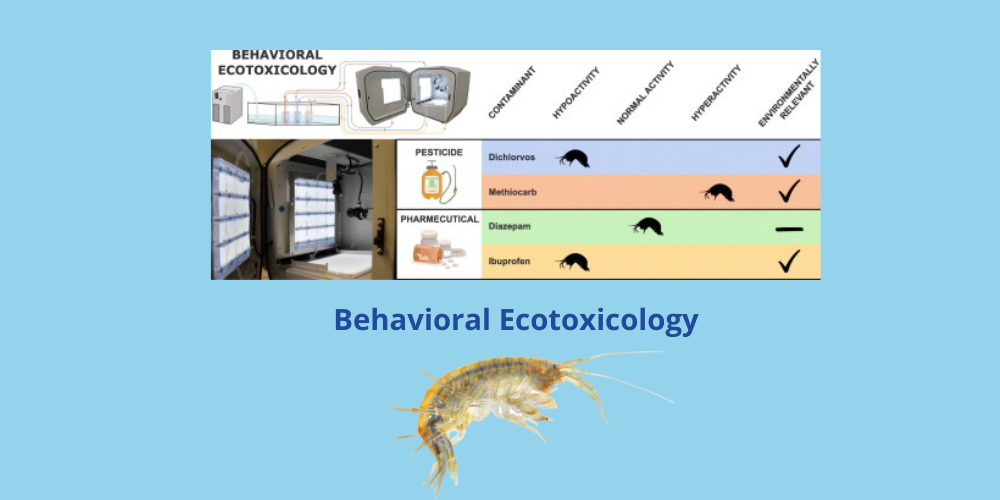
Expertise
New approach to assess invertebrates behavior in ecotoxicology
Study in which the ToxmateLab has been tested to show its relevance to assess the behavior of g.pulex (or other aquatic species) in long term monitori...

Expertise
Customer Testimony : Parkinson's disease and the link with air pollution
Lisa Barnhill, Postdoctoral Researcher at UCLA works with ZebraBox and ZebraCube
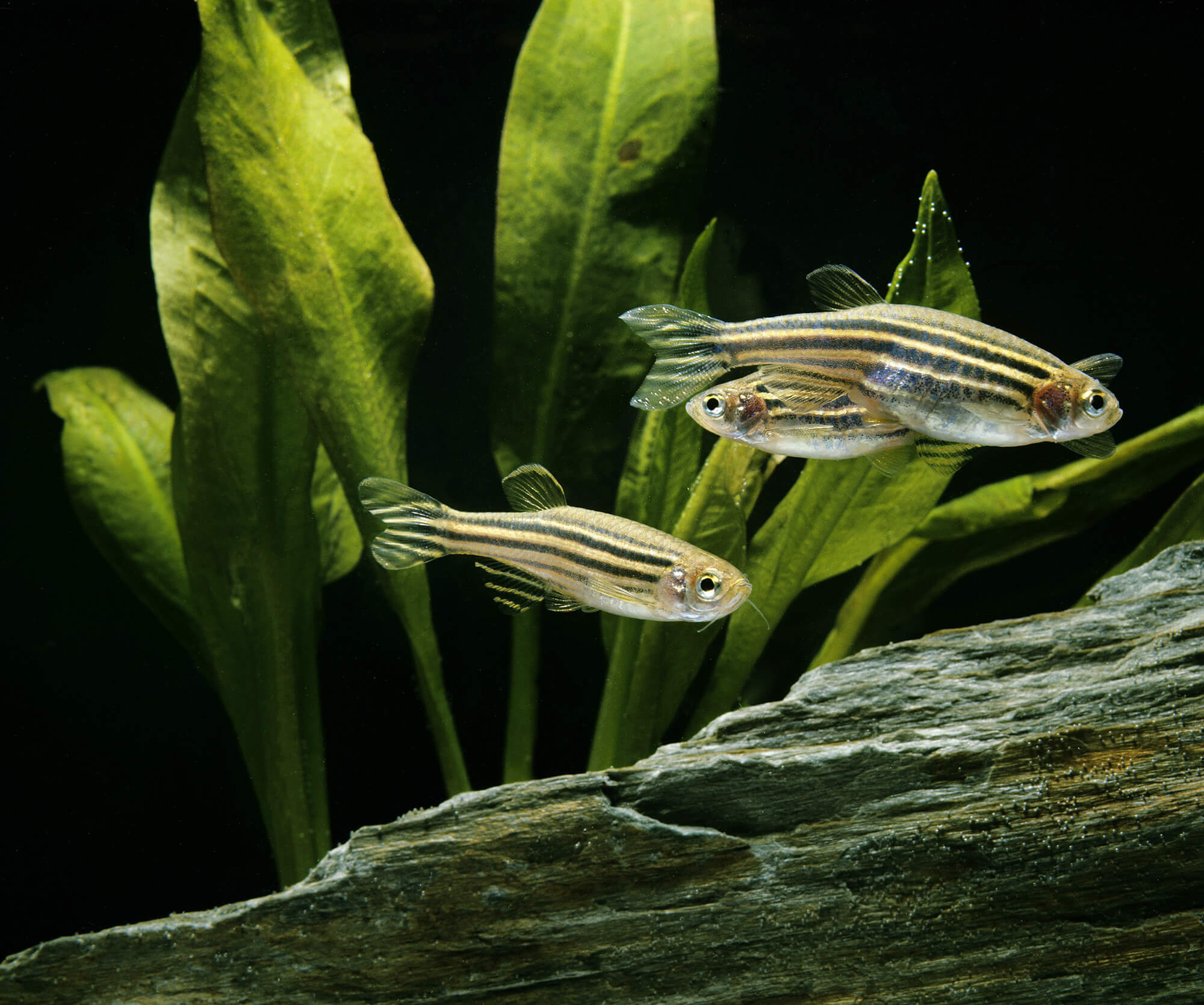
Expertise
Zebrafish in toxicology and drug discovery
High-throughput studies are used frequently in toxicology and drug discovery.


